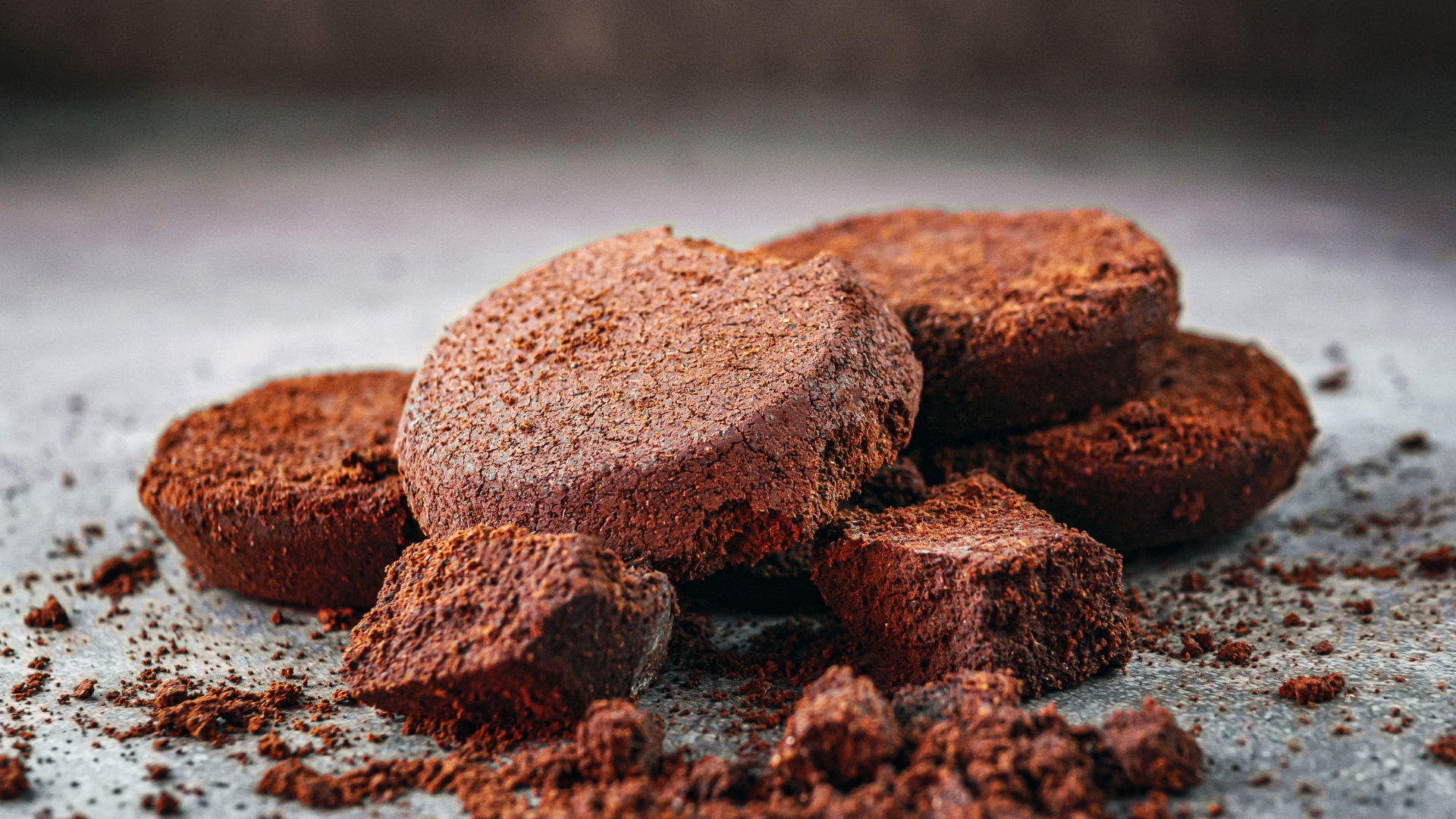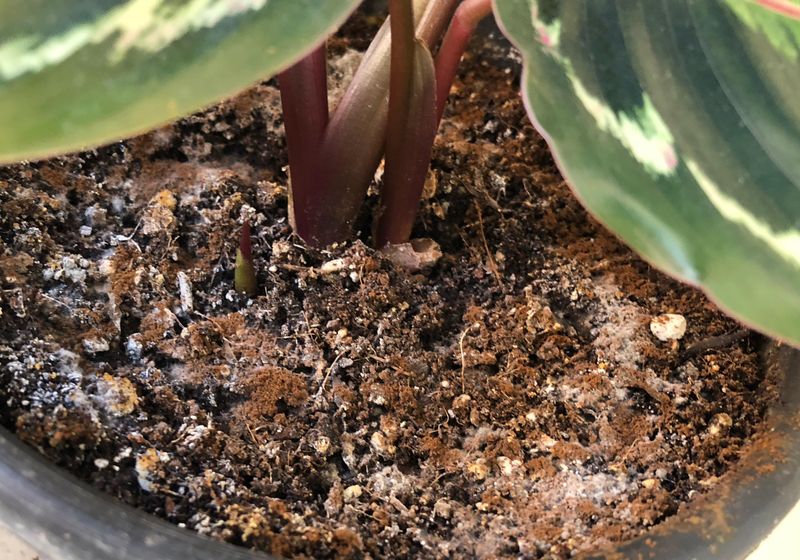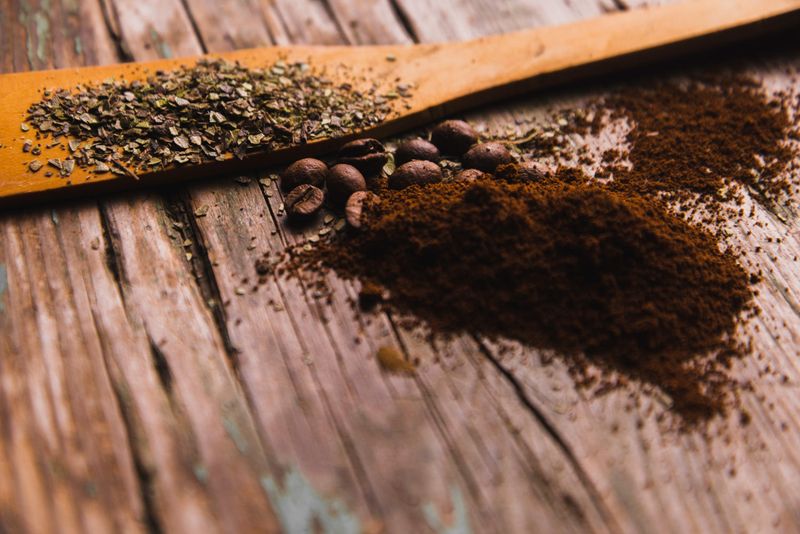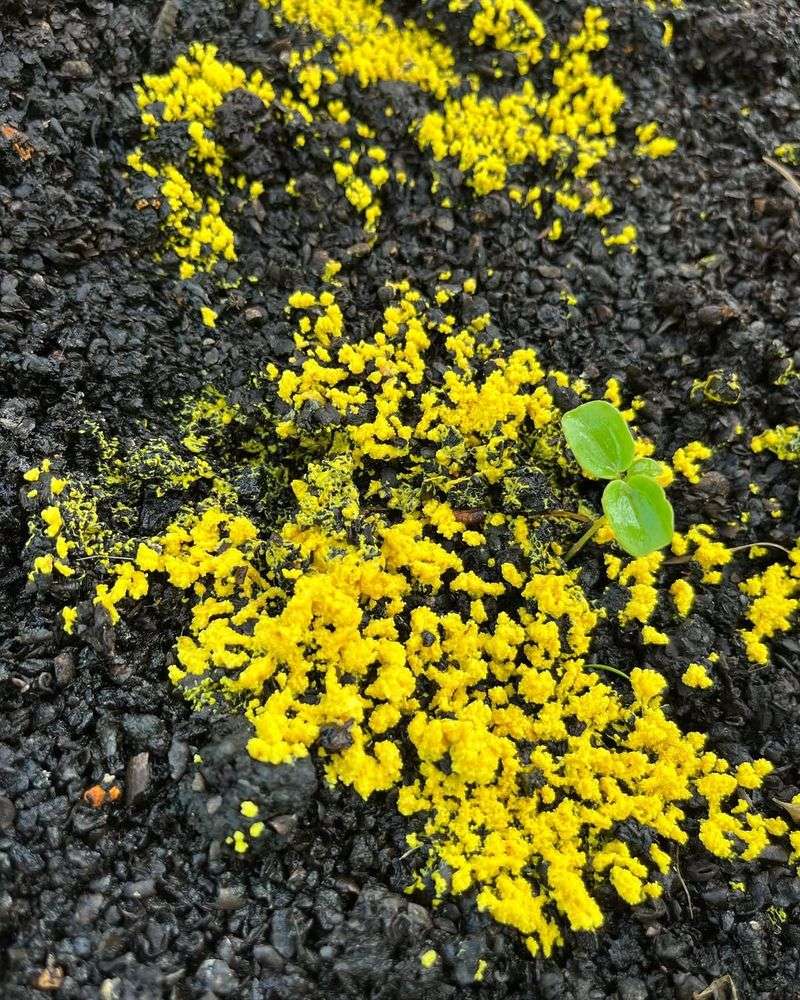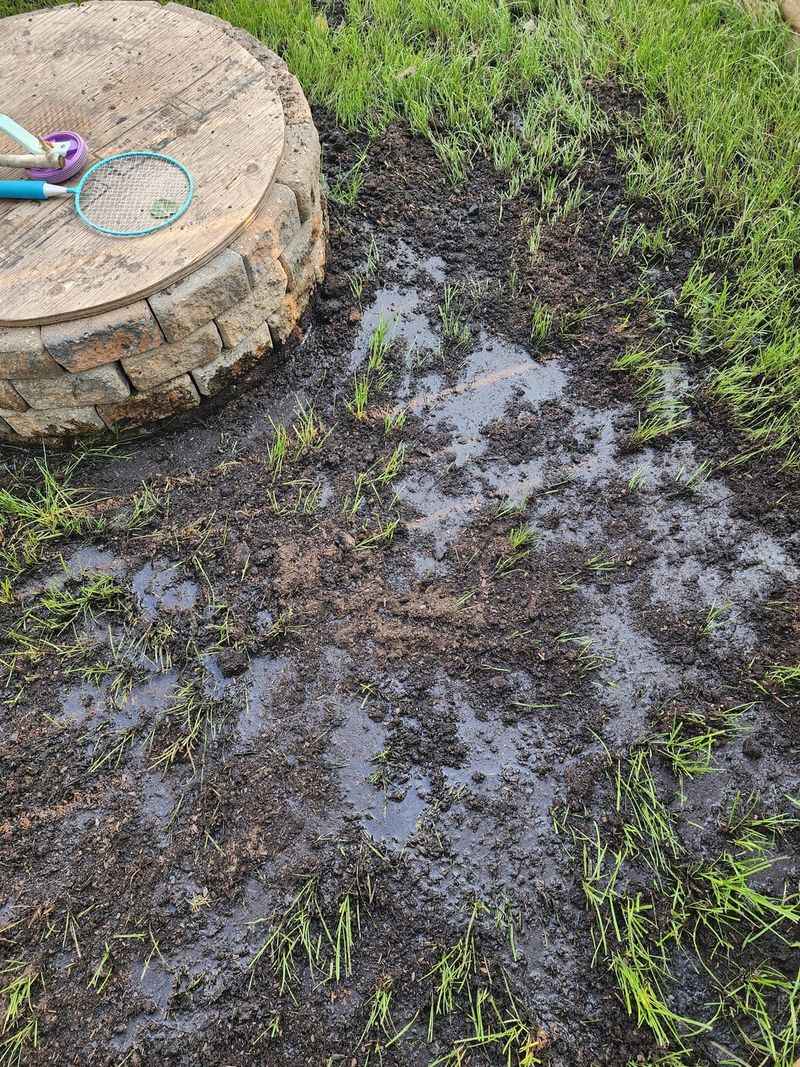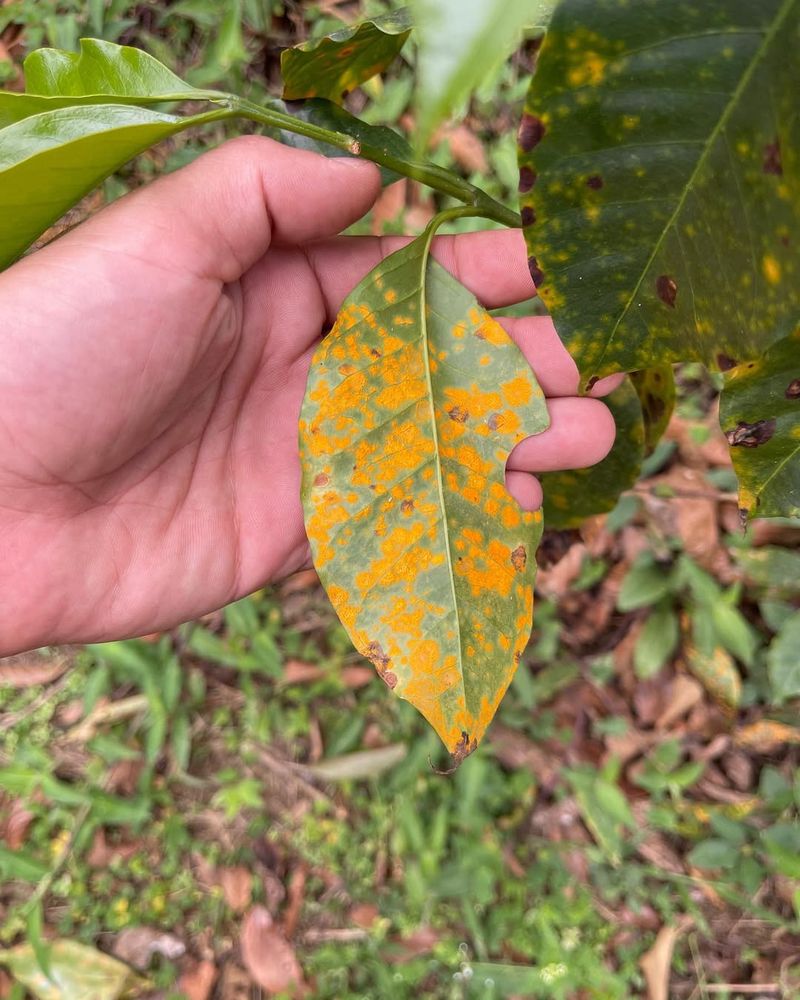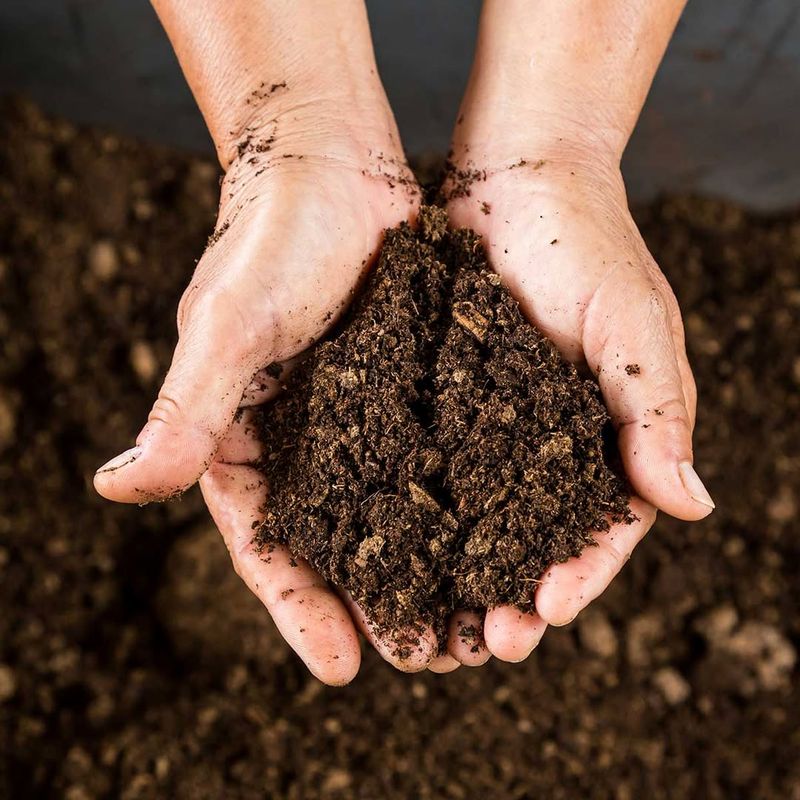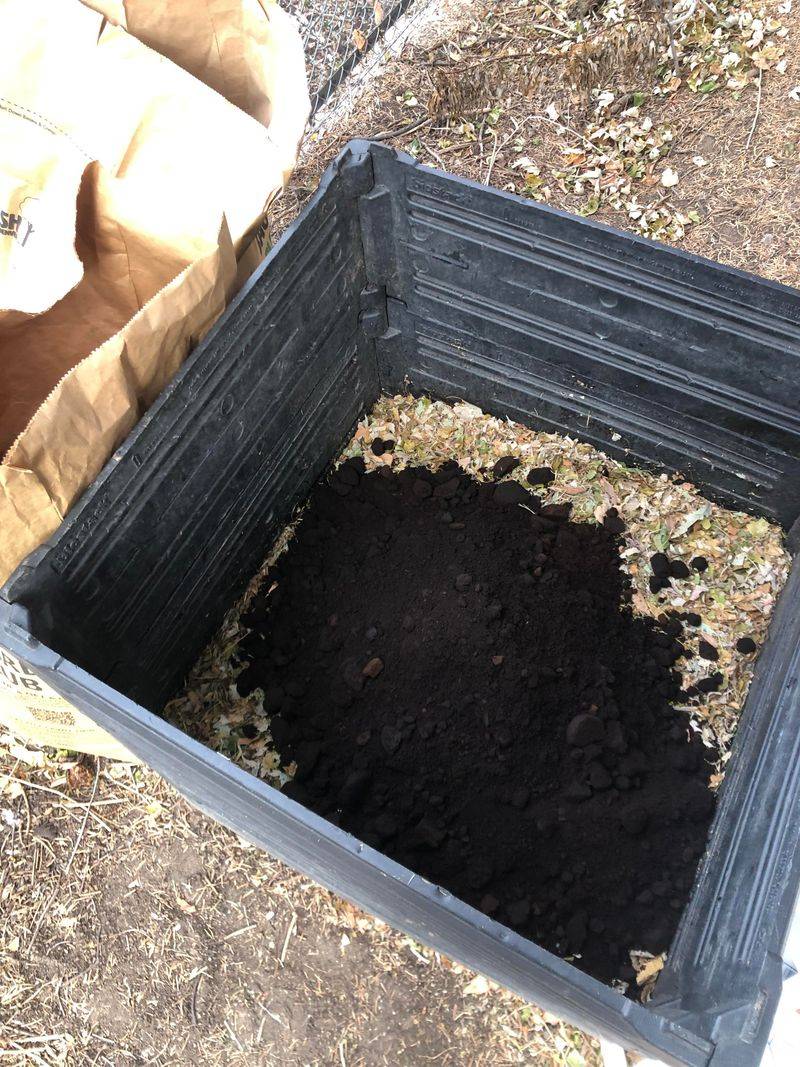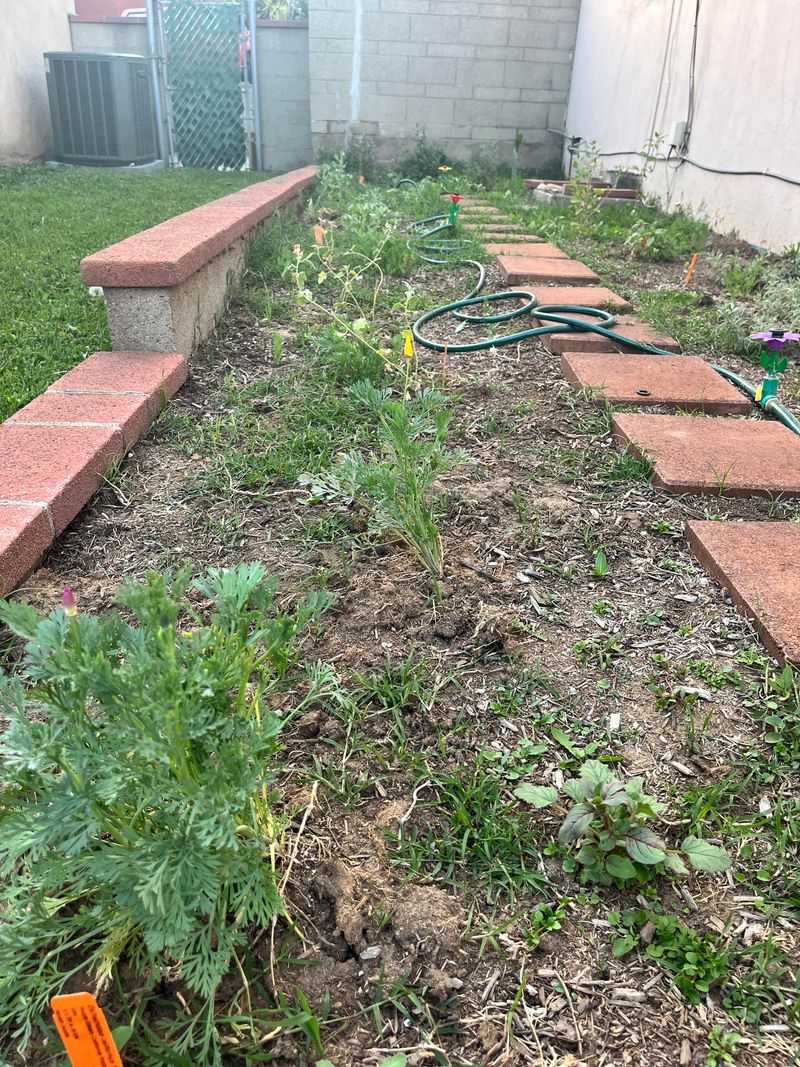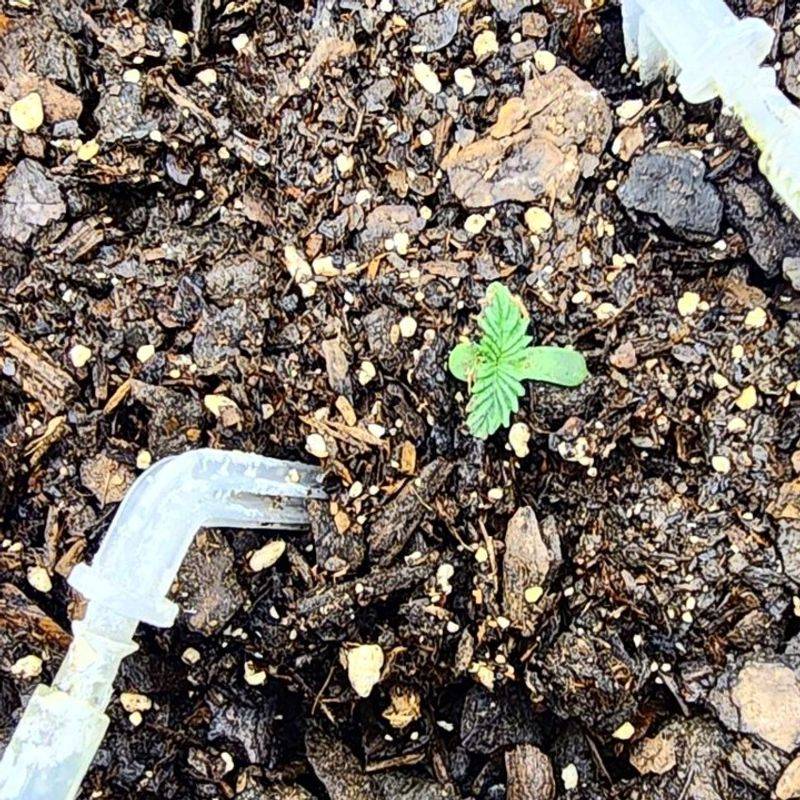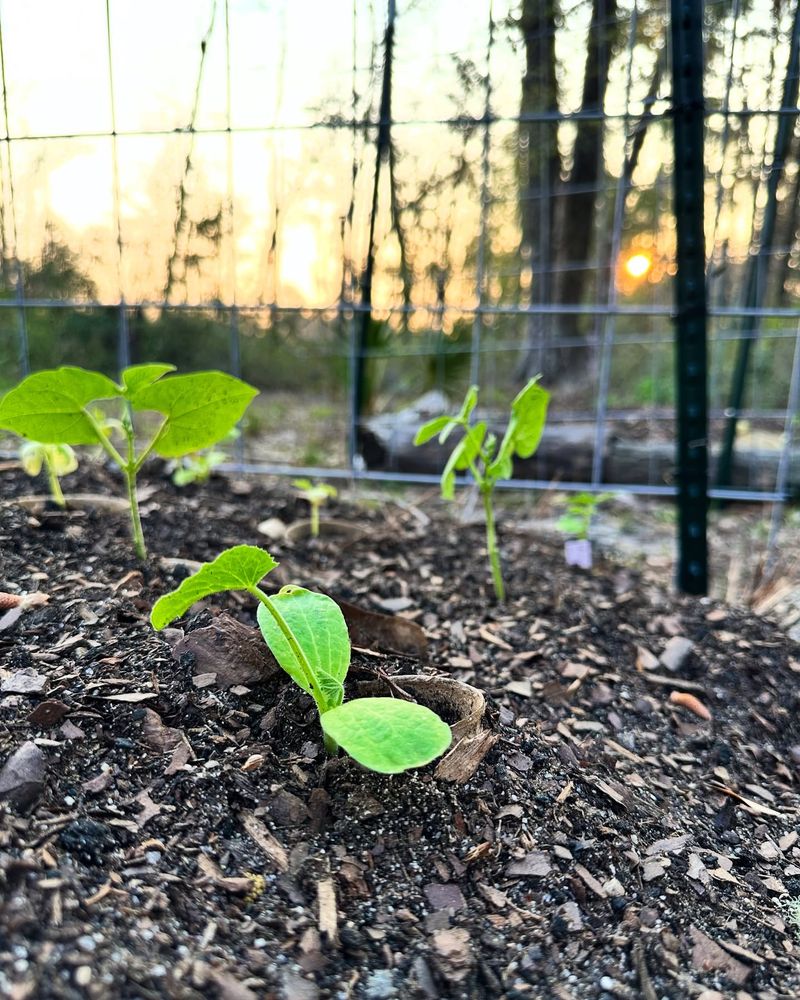Using coffee grounds in your garden might sound like a great way to recycle, but it isn’t always the perfect solution. While they offer some benefits, there are reasons to be cautious. Let’s explore why coffee grounds might not be the best fit for your plants.
1. Acidic Nature
Coffee grounds are naturally acidic, which can upset the balance of your soil. If your plants don’t like acidic conditions, they might struggle to grow.
Before adding coffee grounds, always check what your plants prefer. It’s essential to maintain the right pH level in your garden for healthy plant growth.
2. Stunted Plant Growth
Instead of flourishing, some plants might look smaller or weaker after using coffee grounds.
This happens because the nutrients in coffee grounds can be too strong or overwhelming for young plants. Consider starting with a small amount to see how your plants react first.
3. Caffeine Sensitivity
Did you know plants can be sensitive to caffeine, just like humans?
For some plants, caffeine in coffee grounds can act as a natural herbicide, causing them to wither. If you’re unsure, it’s best to test with a small amount before fully committing.
4. Nitrogen Overload
Coffee grounds are rich in nitrogen, which is great, but too much can harm your plants.
Excess nitrogen can lead to lush foliage but poor flowering. Striking the right balance is important to ensure your garden thrives with beautiful blooms and healthy growth.
5. Mold Growth
Nobody wants mold in their garden, yet coffee grounds can promote its growth. When grounds stay damp, they create the perfect environment for mold to thrive.
To avoid this, make sure your coffee grounds are dry before adding them to the soil. You can also mix them with dry materials like leaves or straw to improve airflow and reduce moisture buildup.
6. Insect Attraction
Coffee grounds can attract unwanted visitors to your garden. Insects, such as ants, might appear, creating more problems than solutions.
It’s a good idea to monitor your garden and consider other pest control methods if insects become an issue. To reduce the risk, try mixing coffee grounds into compost instead of applying them directly to the soil.
7. Water Retention Issues
Coffee grounds can make your soil less able to hold water. They can compact the soil, making it hard for water to penetrate.
This might result in dry soil that doesn’t support plant growth well. Consider mixing grounds thoroughly to avoid clumping.
For best results, combine them with other organic matter like compost or shredded leaves to improve texture and drainage.
8. Fungal Diseases
Some plants are more susceptible to fungal diseases when coffee grounds are used. The moist environment and organic matter can encourage fungi.
Keep an eye out for unusual spots or changes in your plants, and adjust usage if needed. To reduce the risk, let coffee grounds dry out before applying them, or use them in compost where they break down more safely.
9. Soil Composition Changes
Adding coffee grounds alters the natural composition of your soil. This change can impact plant health and soil structure. It’s crucial to understand how these changes affect your specific garden before spreading coffee grounds.
Consider testing your soil’s pH and nutrient levels beforehand to ensure coffee grounds won’t throw off the balance.
10. Slow Decomposition
Coffee grounds decompose slowly, which might not suit your composting schedule. If you’re seeking quick results, this can be a drawback.
Consider mixing them with other materials to enhance decomposition speed. Adding nitrogen-rich items like grass clippings or kitchen scraps can help speed up the process and balance the compost.
11. Potential for Overuse
It’s easy to overdo it with coffee grounds, thinking more is better. However, too much can harm rather than help.
Stick to small amounts and observe changes, adjusting as necessary for the best results. A good rule of thumb is to limit coffee grounds to no more than 20% of your total compost or soil mix.
12. Competition with Other Plants
Coffee can create an imbalance, benefiting some plants while disadvantaging others. This competition can affect your garden’s harmony.
Research each plant’s needs before adding coffee grounds to ensure they coexist peacefully.
When in doubt, apply grounds around individual plants rather than across entire beds to avoid unintended effects.
13. Nutrient Imbalance
While coffee grounds are nutrient-rich, they can lead to imbalances if not used carefully. Listen to your plants and observe their growth and health to determine the right mixture.
Balance is key for a thriving garden ecosystem. To avoid overloading your soil, rotate coffee ground use with other natural amendments like composted manure or worm castings.
14. Effect on Soil Microbes
Coffee grounds can alter the microbial environment of your soil. These changes might not always be beneficial.
Microbes play a crucial role in plant health, so it’s important to consider how coffee grounds might impact them.
To support a healthy microbial balance, mix coffee grounds with compost or organic matter that promotes microbial diversity.
15. Unwanted Smell
The aroma of coffee might not be pleasant for everyone, especially when it lingers in the garden. This smell can become overpowering, potentially affecting your garden enjoyment.
Consider your garden’s scent profile before adding coffee grounds. If the smell is too strong, try mixing grounds into compost or covering them with mulch to tone it down.

